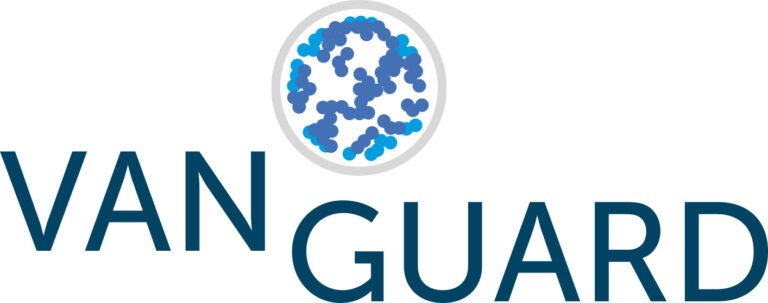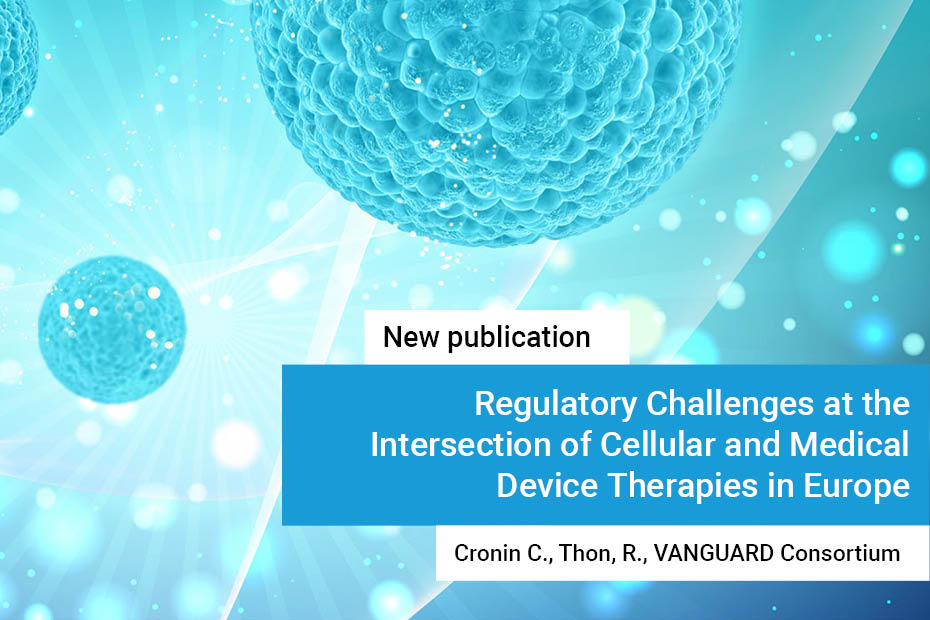A new publication on Regulatory Challenges at the Intersection of Cellular and Medical Device Therapies in Europe: The Case of the Bioartificial Pancreas in Law, Technology and Humans.
Abstract
Regenerative medicine solutions for type 1 diabetes are a rapidly developing field of medical technology. So far, these solutions have been principally cell-based treatments and, at present, in Europe, are regulated under the European Union regulations for Advanced Therapy Medicinal Products (ATMPs). But now, new, emerging technology combining cellular therapy with medical devices is under development. The potential of this novel hybrid model to create a bioartificial pancreas is tantalising. However, incorporating medical devices creates a further layer of complexity to an already challenging product development process. Moreover, it raises important questions about how bioartificial organs should be regulated.
This article seeks to expose the complexity of the legal and regulatory landscape relating to such products, focusing on the laws of the European Union and, where appropriate, bringing in examples from other jurisdictions. We set out the role of the European Medicines Agency (EMA) and review the classification of existing ATMPs and those proposed for type 1 diabetes to highlight the potential consequences and effects of nomenclature and classifications. We argue that emerging hybrid regenerative medicine solutions at the intersection of cellular and medical device therapies, in which medical devices are integral to and facilitate the cell therapy mechanism of action, are not satisfactorily accounted for in the existing legal paradigm regulating regenerative medical therapies. We suggest that these functional hybrid products, currently in their infancy, may yet have far-reaching implications for the interface of law, regulation and technology. For example, they are likely to challenge the conventional discourse related to a market in (bioartificial) organs. We recommend that the EMA, national competent authorities for medical devices, national transplantation authorities and those responsible for overseeing translational clinical research respond to this by developing the existing regulatory framework in such a way that captures the essence of these hybrid products as a single entity. Issuing guidance on updated regulations to researchers engaged in this emerging technology will be key to the success of its translation into human therapies.

